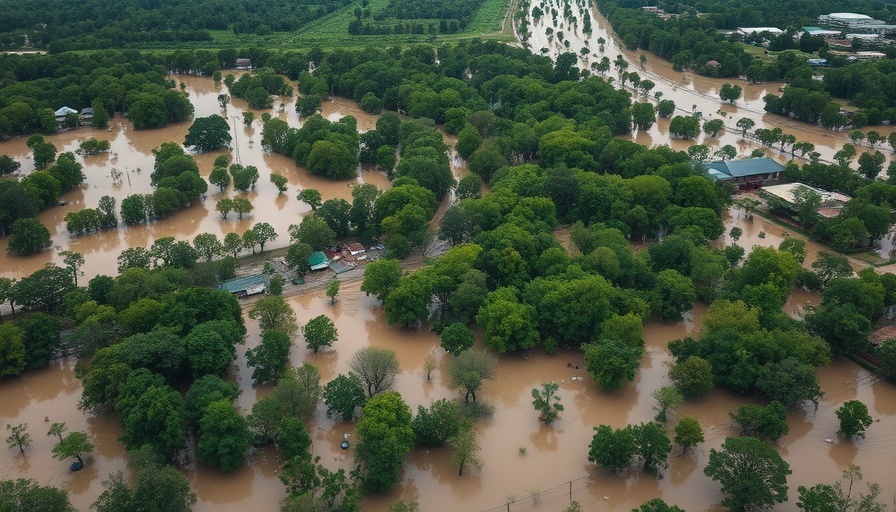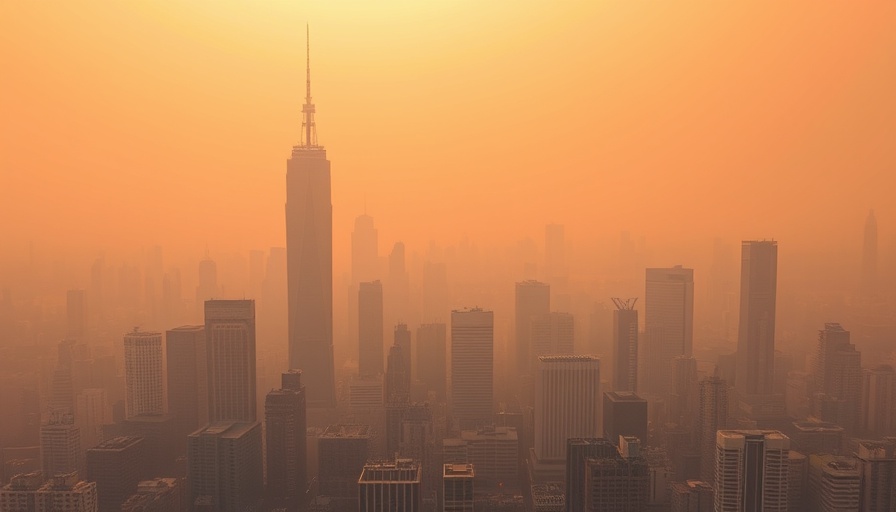
Geoengineering: A Double-edged Sword for Climate Change
As climate challenges escalate, techniques like geoengineering and cloud seeding are receiving a spotlight, especially in light of recent devastating floods that have swept through areas like Texas. Associate Research Scientist Kara D. Lamb from Columbia University illuminates the essence of these controversial methods, which hold both promise and peril. The complex world of geoengineering is not just about innovation; it's about weighing risks and ethical implications against potential climate solutions.
Understanding Geoengineering and Its Techniques
Geoengineering encompasses large-scale methods aimed at countering climate change. Among these, Solar Radiation Management (SRM) stands out with its ambitious ideas such as stratospheric aerosol injection (SAI) and marine cloud brightening (MCB). SAI proposes to inject reflective aerosols into the stratosphere, mimicking volcanic eruptions' natural cooling effects. On the other hand, MCB seeks to increase the reflectivity of ocean clouds to bounce sunlight back into space, potentially cooling our planet.
While these concepts are theoretically groundbreaking, they remain largely untested at a significant scale. Addressing the uncertainties, Lambda emphasizes the need for thorough research before embarking on possible global climate engineering projects, warning of unintended environmental repercussions.
Cloud Seeding: The Practical Side of Weather Modification
Cloud seeding has been utilized since the 1940s as a form of weather modification, mainly to stimulate precipitation during droughts. Techniques involve releasing substances like silver iodide into clouds to encourage rainfall. Though it's commonly practiced in the western United States and beyond, the short-term nature of this method raises questions about its long-term sustainability and effectiveness.
In 2025, researchers including Lambda and her colleague have compiled datasets that offer insight into recent weather modification efforts. Gaining knowledge about these practices can equip communities in places like Seattle, which grapples with its unique climate challenges, to make informed decisions regarding water resource management.
Ethical Considerations and Future Implications
The conversation surrounding geoengineering and cloud seeding must also delve into the ethical ramifications. Who decides when and how to intervene in natural systems? The potential for unequal impacts on different regions can exacerbate existing inequalities, particularly in vulnerable areas. Public discourse and transparent policies are necessary to navigate these murky waters.
For residents of Seattle, understanding these concepts and their implications may foster community discussions on climate resilience strategies. By engaging with such scientific dialogues, individuals can advocate for responsible practices that protect both their local environment and global ecosystems.
Your Role in Climate Conversations
As climate awareness grows, so does our collective responsibility as engaged citizens. By staying informed on geoengineering and weather modification methods, like cloud seeding, Seattle residents can better participate in discussions and decisions that shape their community's approach to sustainability. Advocate for research-backed solutions that prioritize environmental health and social equity.
To learn more and to participate in local dialogues on sustainable living, consider joining community climate action groups. Your voice matters in the collective effort to safeguard our planet's future!
 Add Row
Add Row  Add
Add 




 Add Row
Add Row  Add
Add 

Write A Comment